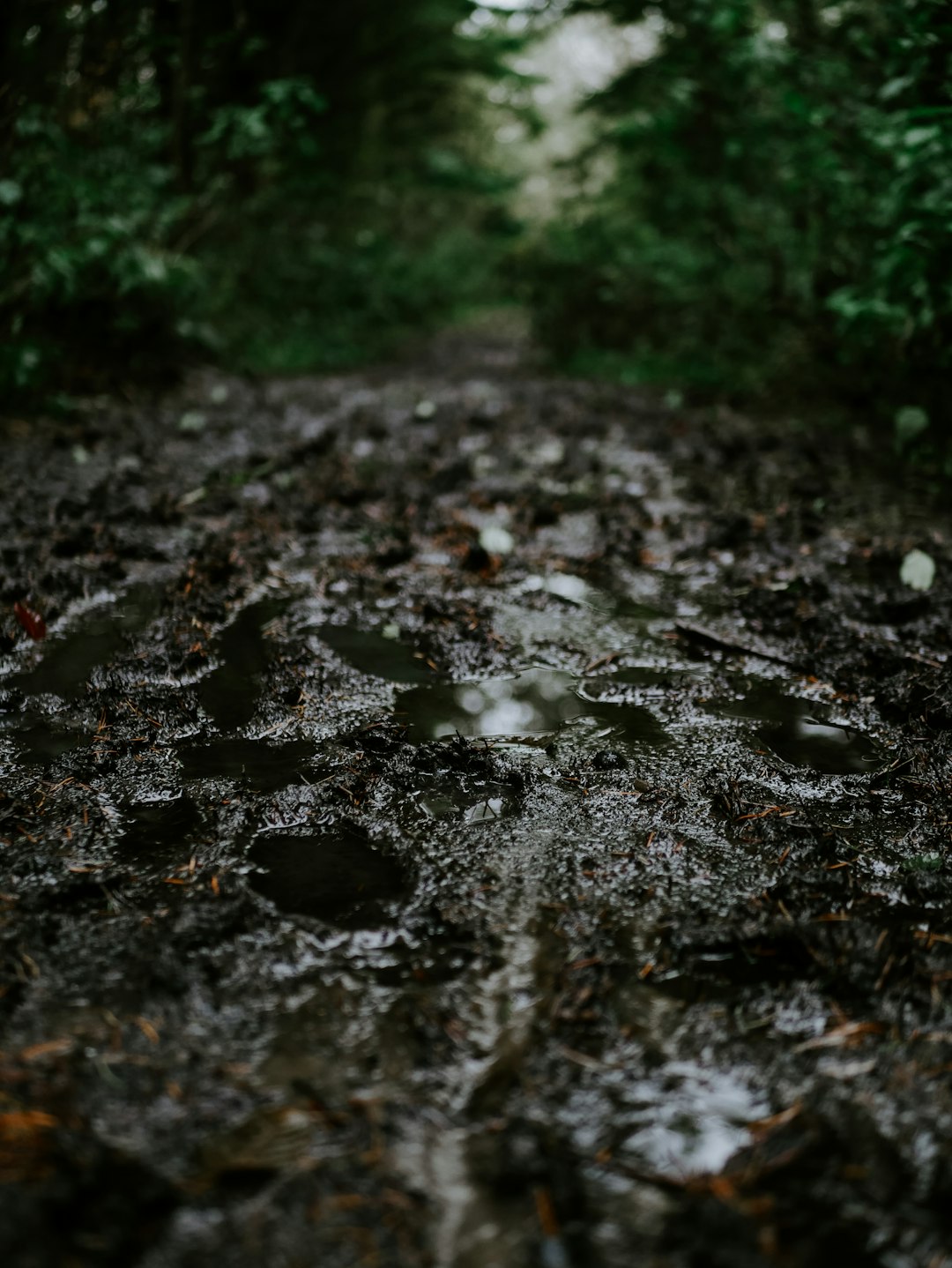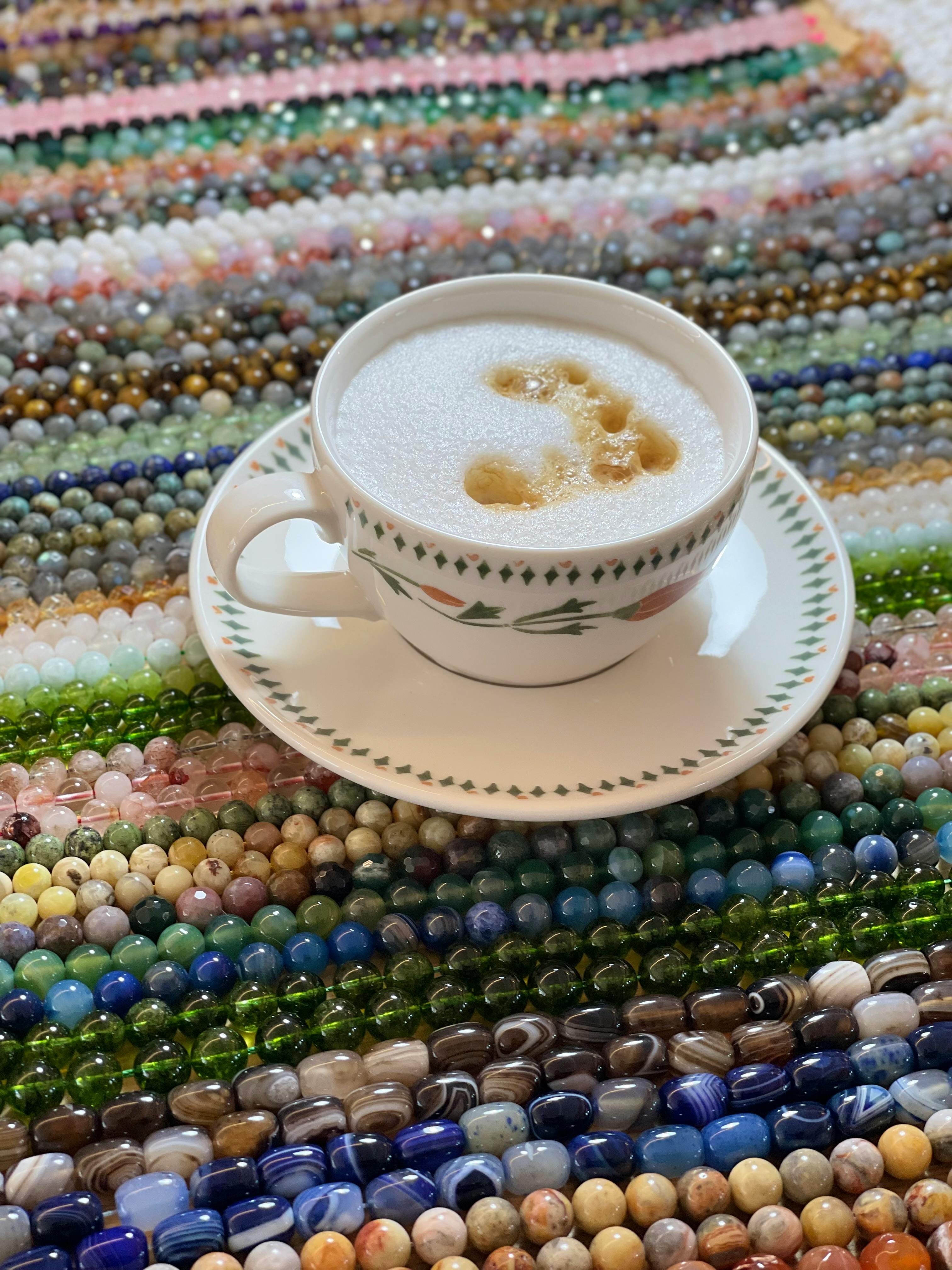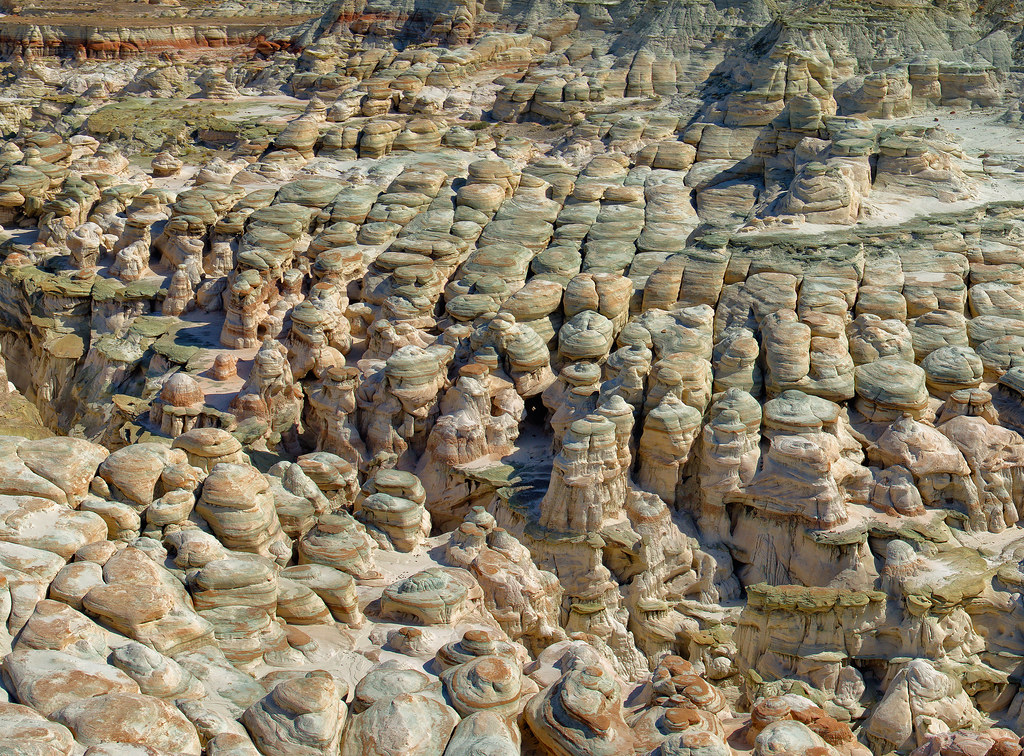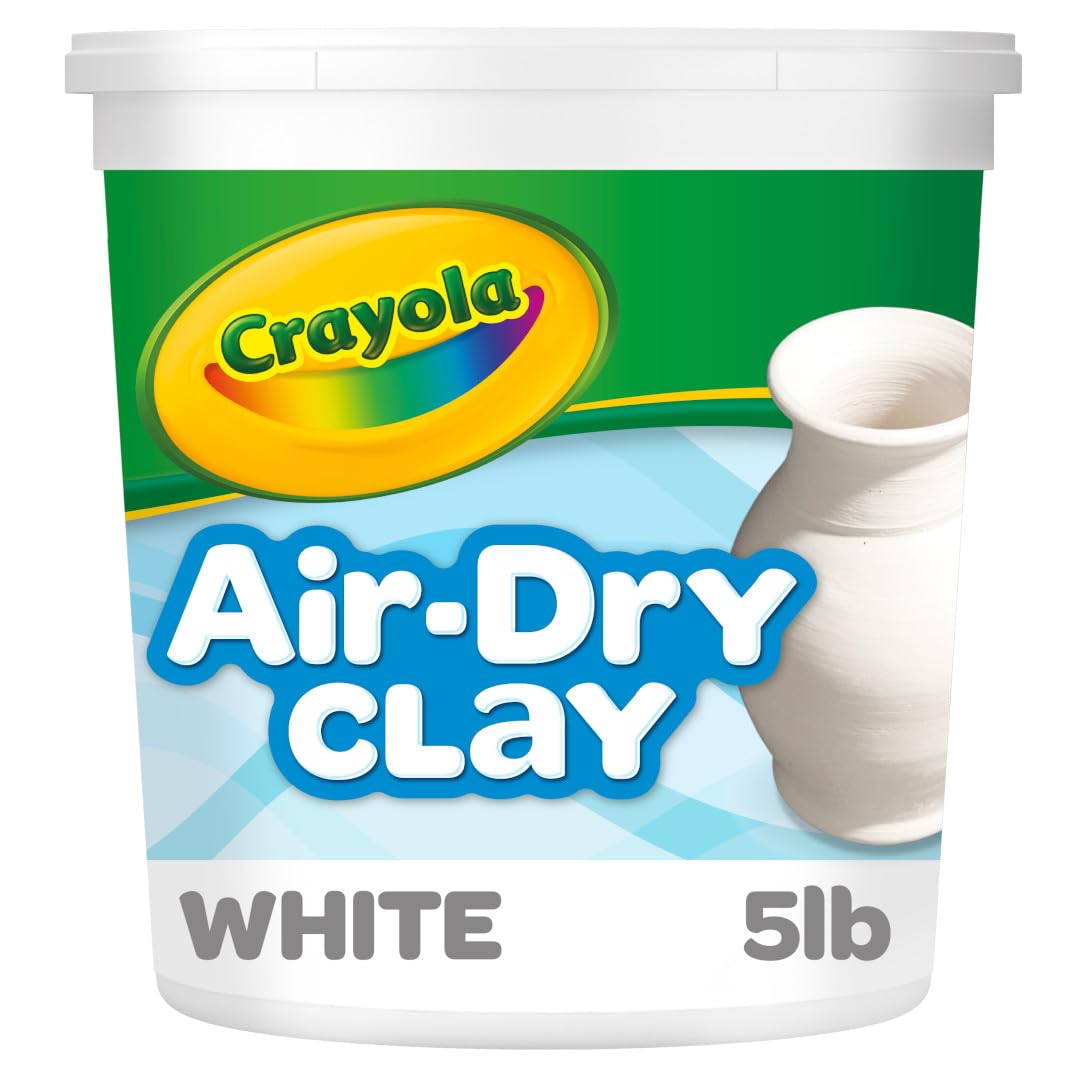Selecting the best clay for pottery is a crucial step for any aspiring or seasoned potter looking to create beautiful and durable ceramics. With an array of clay types available, each offering unique properties and applications, understanding the right choice can significantly impact the quality and character of your work. Whether you are hand-building, wheel-throwing, or engaging in intricate sculpting, the right choice of clay can make all the difference in your creative process.

| Clay Type | Key Characteristics | Best Used For |
|---|---|---|
| Earthenware | Low firing, porous, rich in color | Beginner projects, decorative items |
| Stoneware | Durable, mid to high firing, non-porous | Functional pieces like mugs and plates |
| Porcelain | High firing, smooth, translucent | Fine, delicate work, high-end projects |
Diving into Different Clay Types

If you’re stepping into the world of pottery, choosing the right clay can feel like a thrilling adventure. Let’s begin with Earthenware. Known for its rich colors and low firing temperatures, earthenware is often the first love for beginners and those creating decorative items. Its porous nature means it absorbs water, so keep that in mind if you’re thinking of creating functional pottery items.

Next, we have Stoneware, a favorite among potters who are looking for durability in their crafts. With its mid to high firing range, stoneware becomes non-porous, making it perfect for creating everyday items like mugs and plates that need to endure daily use. Its sturdy nature ensures your creations can handle more than just a spot on your shelf.

Then there’s the luxurious Porcelain, often regarded as the prima donna of clays. Its high firing temperature and silky smoothness afford a stunning translucency that is hard to match. Preferred for intricate and delicate work, porcelain is the go-to for high-end projects that demand a touch of elegance. But be prepared—it requires a bit more finesse to work with.

Choosing the Right Clay for Your Project
Deciding on which clay to use should start with a clear understanding of your project goals. Consider the following:
- Level of Experience: Beginners might find earthenware friendlier due to its forgiving nature. For more insights, check out this comprehensive guide on clay types.
- Desired Finish: For a rustic look, earthenware shines. If you’re seeking durability, stoneware is your best bet, while porcelain offers unparalleled refinement.
- Functionality: Stoneware is ideal for kitchenware because of its strength and ease of cleaning.

Moreover, always consider the firing temperature your workspace can handle. A mismatch between your kiln’s capabilities and your clay choice could lead to unintended results. For beginners, exploring creative project ideas can also offer a great foundation for understanding how different clays behave in various situations.

Practical Tips for Working with Clay

Once you’ve picked the perfect clay, there are a few practical considerations to keep in mind. Ensure that your clay is at the right moisture level before you begin. Whether you’re hand-building or wheel-throwing, a well-prepared clay body can prevent many frustrations. Learn more about clay techniques in this ultimate guide.

Also, don’t underestimate the power of wedging your clay. It’s a bit like kneading dough but more vital for ensuring an even consistency and effectively eliminating air bubbles, which could spell disaster in the kiln.
![African Mahogany-Terracotta [Wine tasting area]](https://www.jjclaystudio.com/wp-content/uploads/2025/06/5621505925_acc68ecab8.jpg)
Finally, remember the importance of patience. Pottery is as much about the process as the product, so take your time to experiment with different techniques and outcomes.

Are you ready to dive into your next pottery project? Which clay are you most excited to experiment with, and why? I’d love to hear about your experiences and any tips you might want to share with your fellow clay enthusiasts in the comments below! For more inspiration and learning, be sure to check out some of the recent articles and content.
Kids Complete Painting Sculpting Birthday Christmas

Create and inspire young artists with the Crayola Air Dry Clay (5lbs), perfect for sculpting and modeling. This natural white clay is a great addition to any classroom or home craft supplies, allowing kids to explore their creativity without the need for a kiln. The clay can be easily molded and air-dries, making it an essential tool for both individual and group projects. Teachers and parents alike will appreciate this versatile and mess-free option for inspiring little makers.
NATIONAL GEOGRAPHIC Deluxe Pottery Wheel

Discover the joy of pottery with the “Pottery Wheel for Kids-Complete Pottery Painting Kit.” This engaging set is designed with young artists in mind, featuring an easy-to-clean design with a removable turntable and water tray to store waste for hassle-free cleanup. With its user-friendly electric design, this two-speed pottery wheel lets kids explore crafting at their own pace. Ideal for birthdays, Christmas, or everyday play, it’s the perfect introduction to the world of clay sculpting and painting, sparking creativity and fun in any setting.
Crayola Natural White Modeling Bucket

Introduce your child to the world of pottery with our Pottery Wheel for Kids-Complete Pottery Painting Kit. This kit comes with an easy-clean, removable turntable and a water tray to store waste, ensuring minimal mess. The pottery wheel features two speed settings, allowing young artists to hone their skills with precision. Perfect for birthdays or Christmas, this kit promises hours of creative fun and artistic expression for kids.
Recommended Video: Best Clay for Pottery Explained
Selecting the best clay for pottery is a crucial step for any aspiring or seasoned potter looking to create beautiful and durable ceramics. To gain a deeper understanding of the various clay types and their applications in hand-building, wheel throwing, and sculpting, watch Blick Art Materials’ informative video, “Best Clay for Pottery: Hand-Building, Wheel Throwing & Sculpting Explained.”
Selecting the best clay for pottery is just the beginning of your creative journey. By understanding the unique properties and applications of each clay type, you can elevate your work and bring your artistic visions to life. Whether you’re crafting delicate porcelain pieces or sturdy stoneware, the right clay makes all the difference in achieving both beauty and durability in your ceramics.
Stay Connected and Keep Crafting
I hope you found these insights helpful as you explore the wonderful world of pottery. For more tips, inspiration, and behind-the-scenes looks at our latest projects, feel free to follow us on Instagram. Let's continue this creative journey together!
Leave a Reply
Venture into a world where clay and creativity converge at JJClayStudio.com – where every piece tells a story. Unearth your next treasure and become part of the narrative that turns everyday moments into artful experiences.
